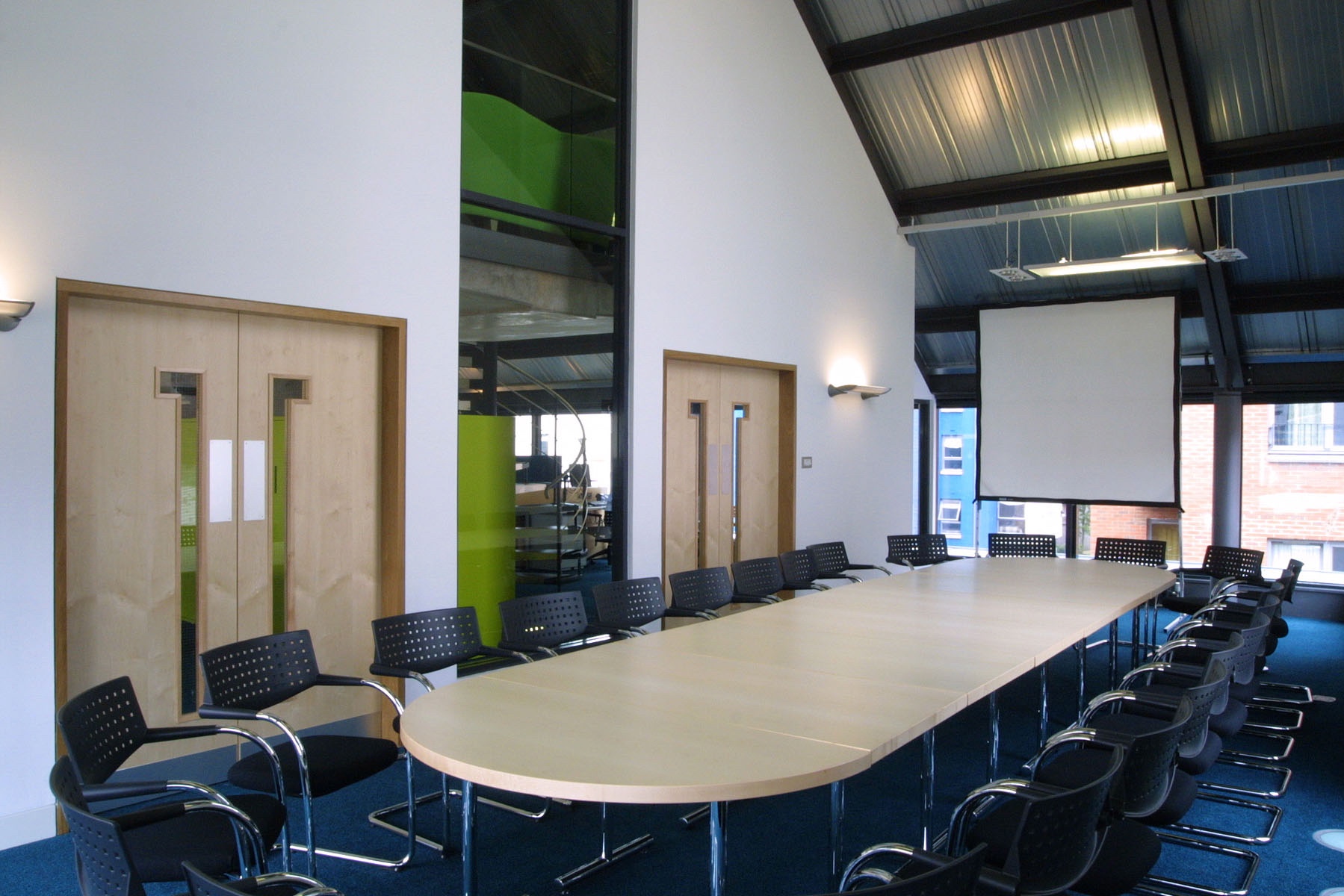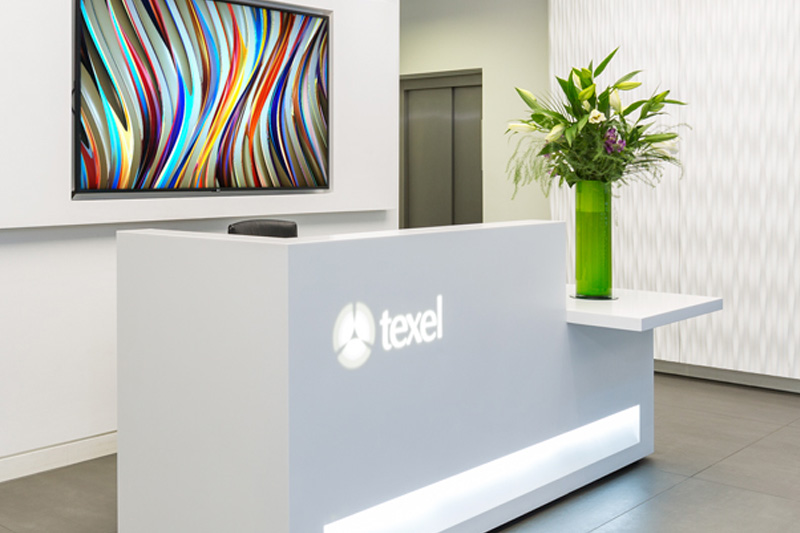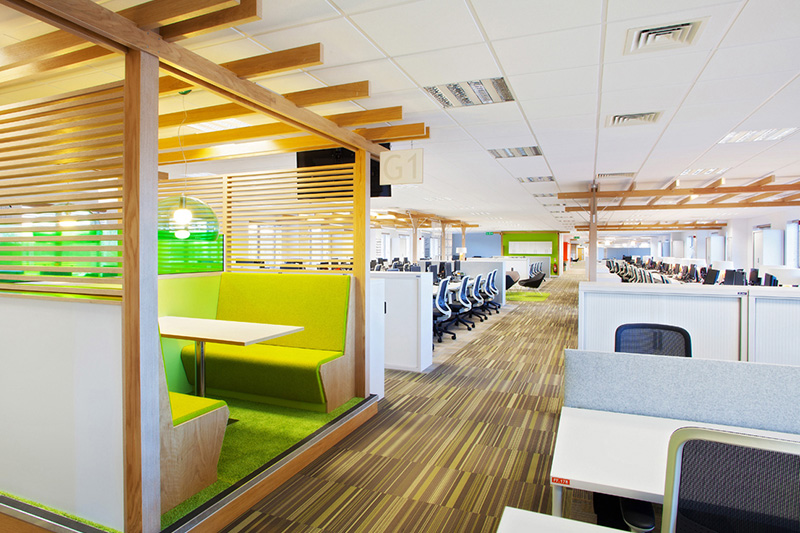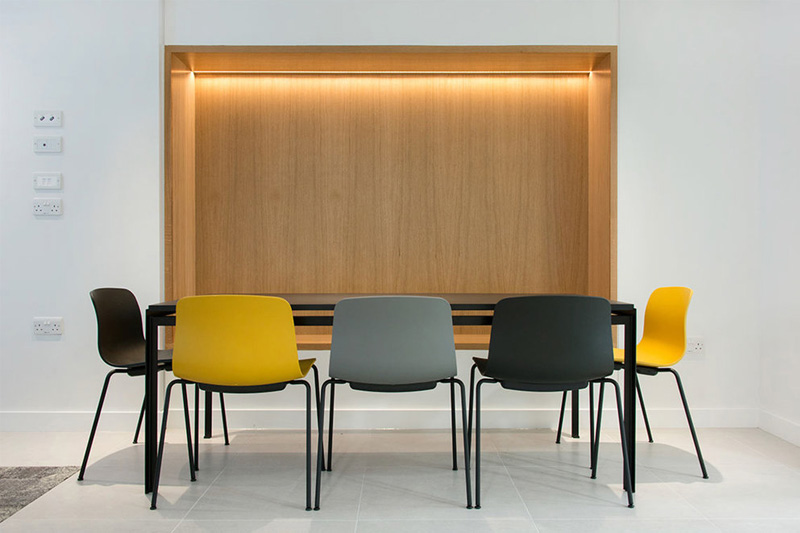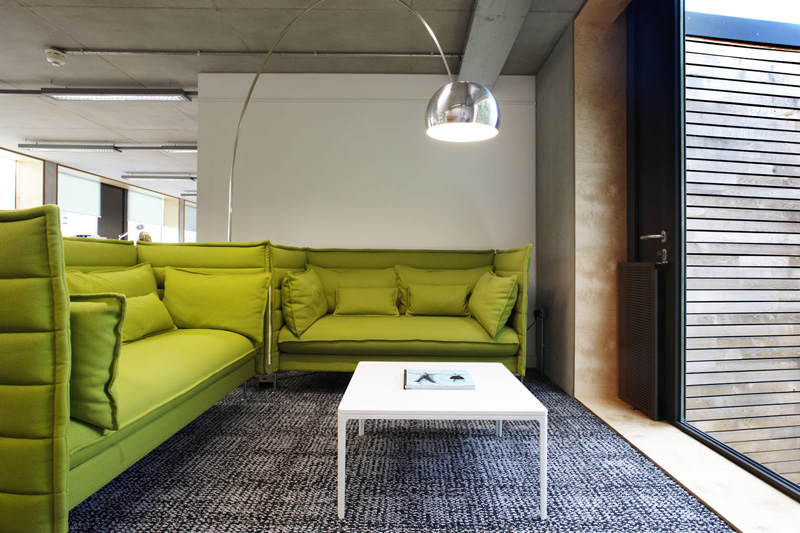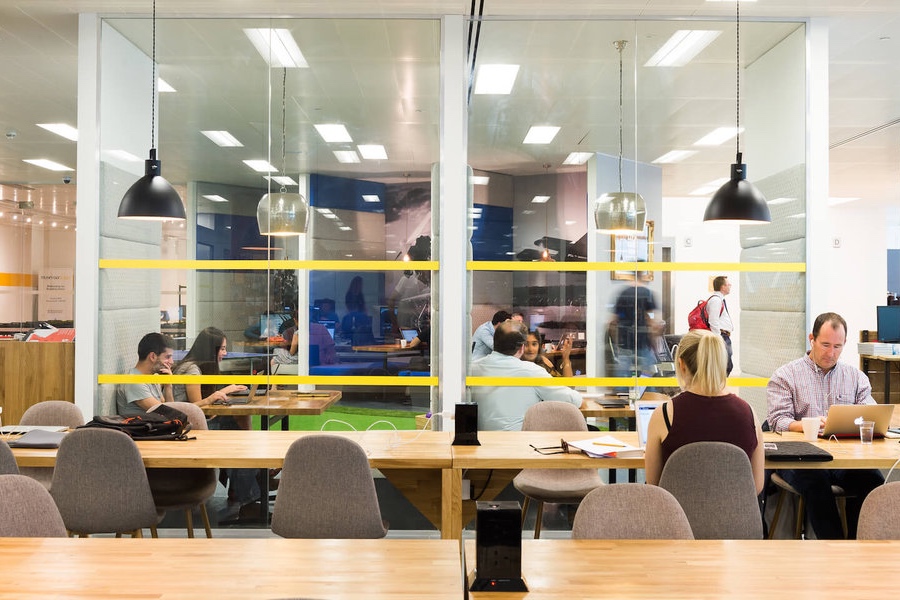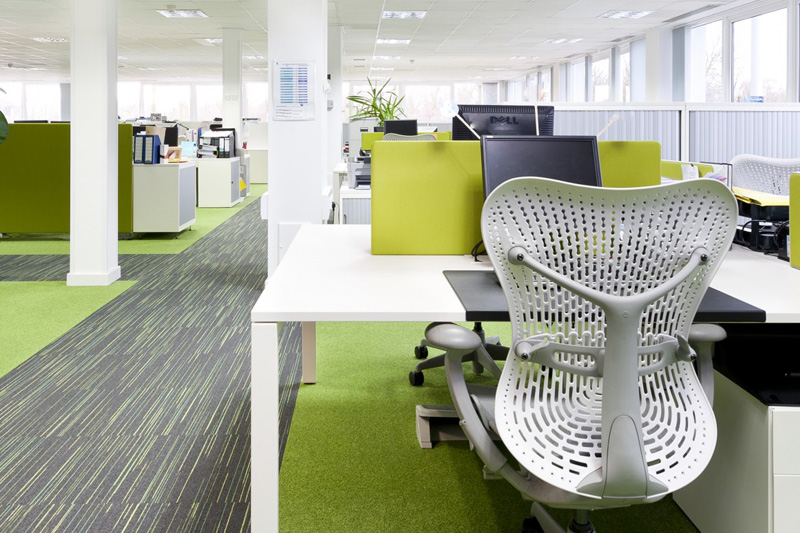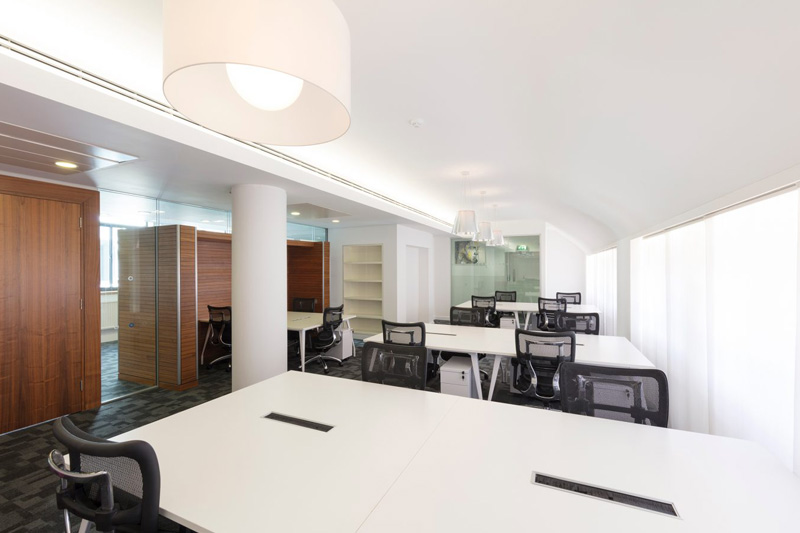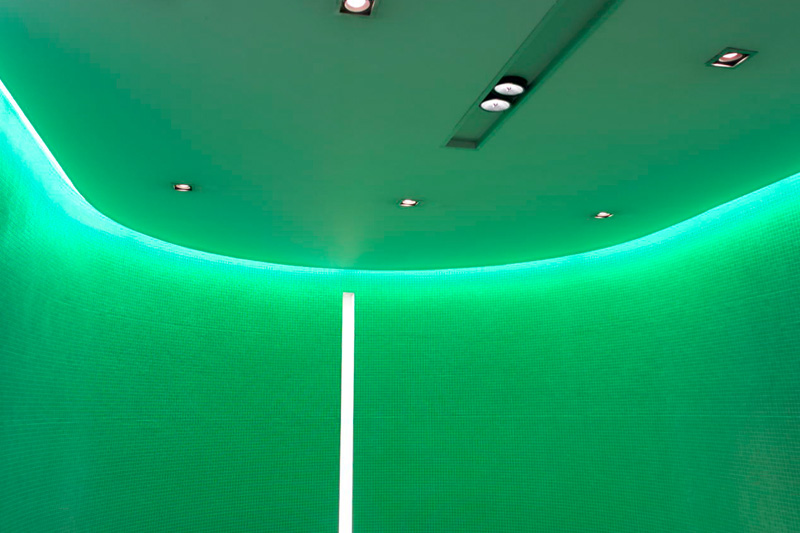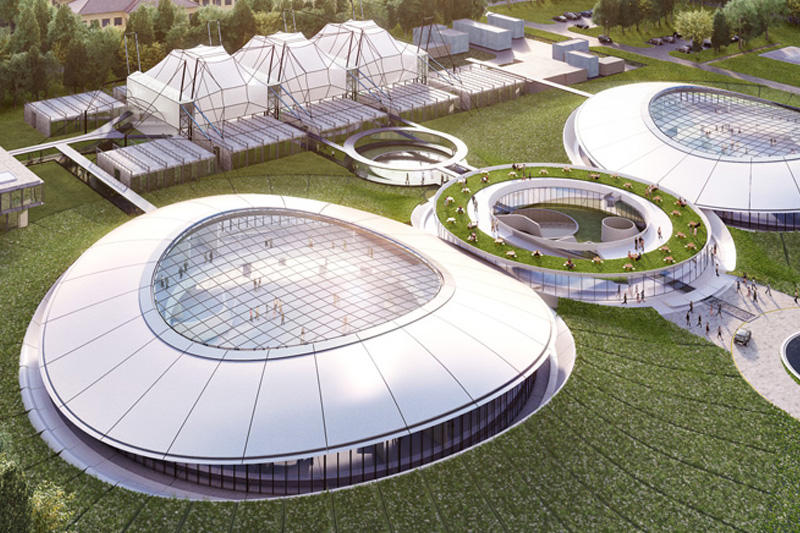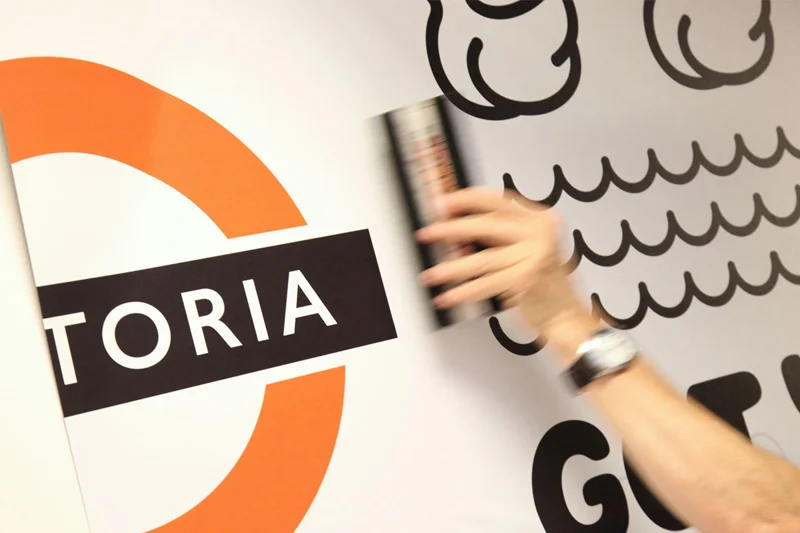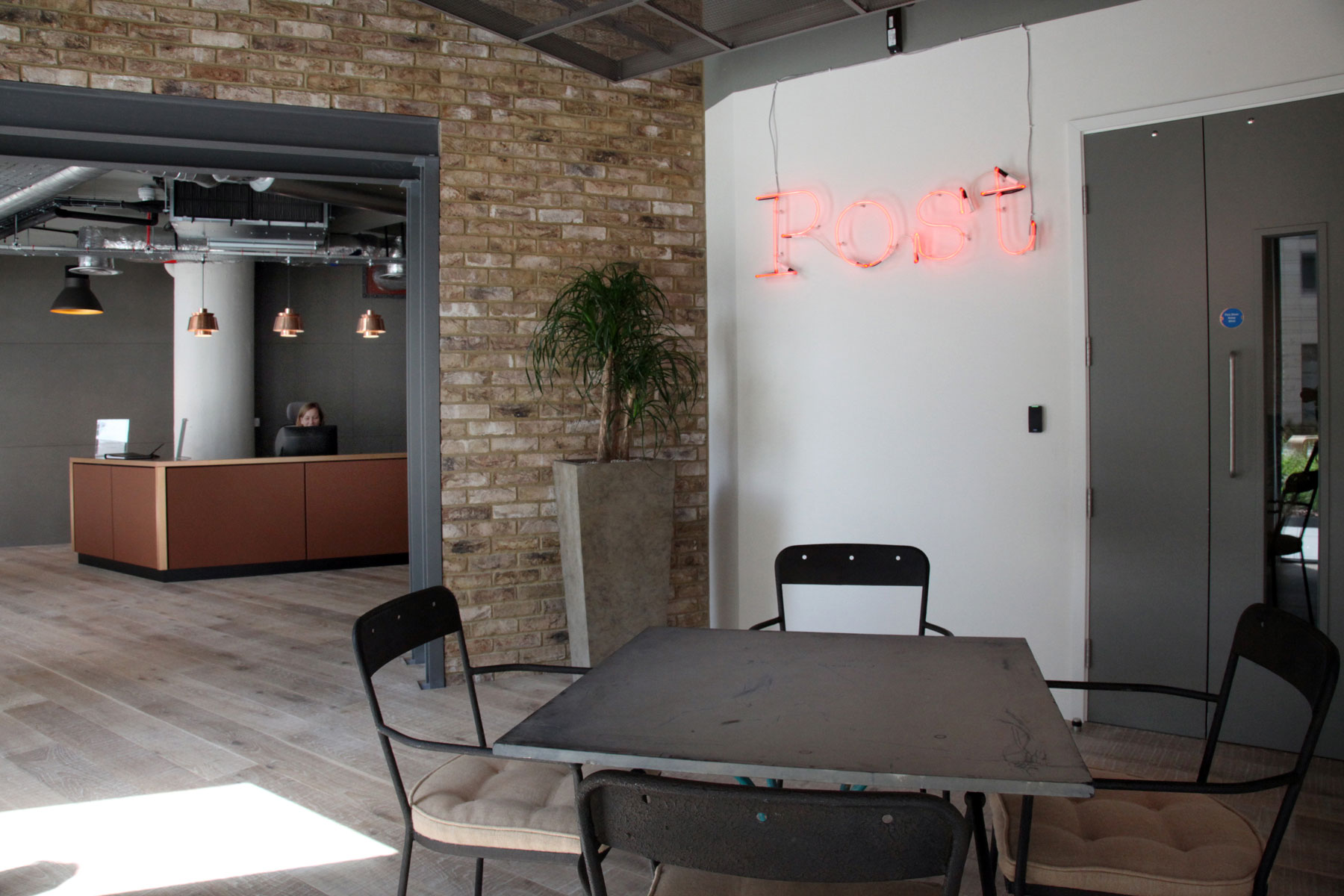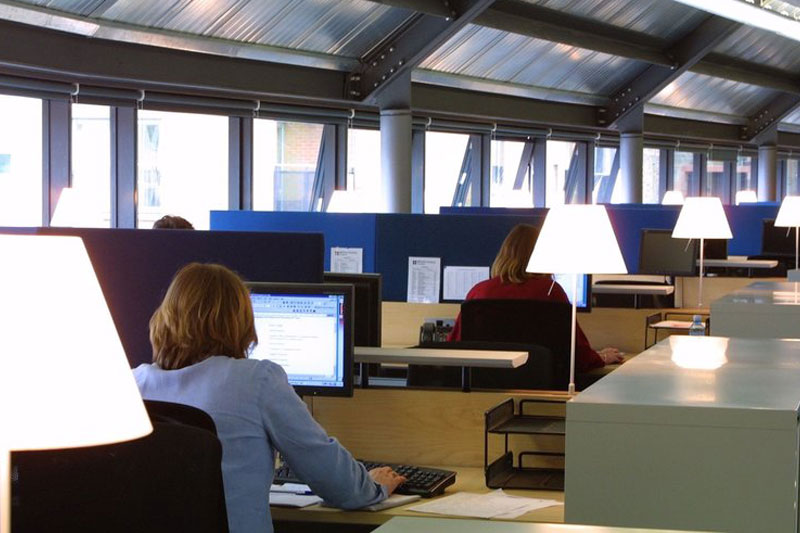British Council, Edinburgh
With the opening of the Scottish parliament the British Council decided to relocate to one of Edinburgh’s most exiting new buildings, the Tun in Holyrood.
“It’s a space which makes a clear statement about openness, transparency and democracy. An office of which we can feel proud, which helps us work in new, more flexible and better ways and which is admired by our partners and visitors ”
The British Council wins recognition for the United Kingdom's values, ideas, achievements and expertise, and nurtures lasting, mutually beneficial relationships between people and organisations in our country and others around the world. It operates from more than 750 buildings, in more than 230 towns and cities in 110 countries around the world.
The British Council in Scotland enhances Scotland’s reputation internationally and contributes to the development of an outward-looking nation.
Our client, Director Michael Bird, wanted the ‘drop-in’ workstation areas to feel like ‘university / library’ study bays. Staff were encouraged to us the break out spaces and mezzanine areas for chats and meetings.
The British Council (BC) had been based in Bruntsfield Square, Edinburgh, since 1961 It occupied two large adjoining traditional terraced houses. Approximately, 10,000 sq. ft of predominately cellular space which accommodated just 36 staff.
Since devolution the BC’s role in Scotland had evolved. The premises and location no longer suited its changing role in Scottish affairs, and so in order to bring their working environment in line with the increasingly dynamic nature of their work they decided to relocate to the Scottish capital’s new centre of gravity – Holyrood.
The new premises houses nearly twice as many staff in 60% of the space as their previous premises.
Ian Gunter-Jones of Amalgam designed the new 6,000 sq.ft. The existing 36 staff relocated into their new office and they were joined by further 40 new colleagues, who were comfortably housed in the more efficiently designed new premises.
A fabric screen ‘ribbon’ runs through the main office floor space, creating small areas for break-out 'study’ or one to one discussions.
The new office has been designed to support and encourage new working practices. There are no cellular offices, but rather a series of different spaces / settings, intended to allow the staff to work flexibly, in a manner that best suits their various tasks.
There are enough ‘workstations’ to accommodate all of the staff, but the intention is that staff will be encouraged to ‘release themselves’ from the concept a personally ‘owned’ desk, and work anywhere within the office, or indeed remotely, as appropriate.
The in-built flexibility of new office environment will help to facilitate, and accommodate the changing requirements of the operation.
The desking range was designed for Esk by Brian Watson, then with Amalgam and now half of the Wills & Watson partnership.
‘Esk’ desks designed by Amalgam’ate Brian Watson
A series of spiral stairs give access to the mezzanine areas
The Tun won the ‘British Council of Offices’, Best Commercial Workplace, award for Scotland and the UK.
The Tun, Edinburgh
the ‘double height’ Conference / training room
flexible / mobile furnishings allow the mezzanine to be easily and quickly reconfigured for meetings, events or break out use.
“A new vessel in which Scotland’s political, economic and cultural aspirations within the UK, Europe and the world will ferment”








